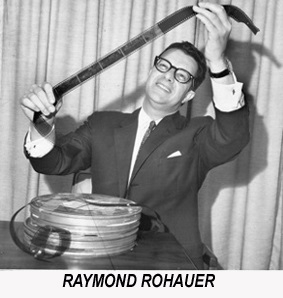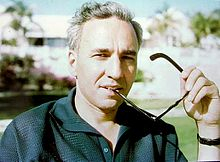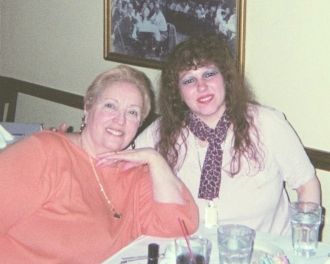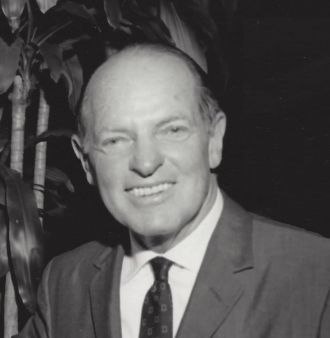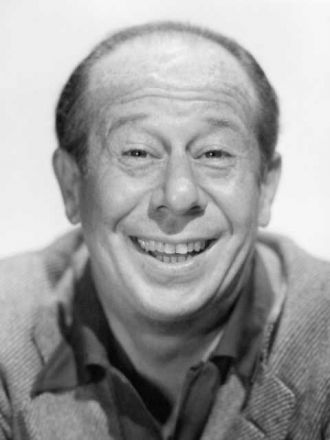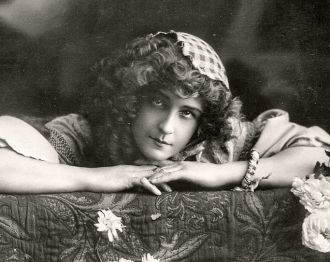Si Seadler and friends
A photo of Amanda Stevenson, Si Seadler, Bert Lahr, Huntington Hartford & Raymond Rohauer. Raymond Rohauer was the film curator at the Museum of Modern Art, and MGM's Si Seadler and I were invited to his retrospectives.
Date & Place:
Not specified or unknown.

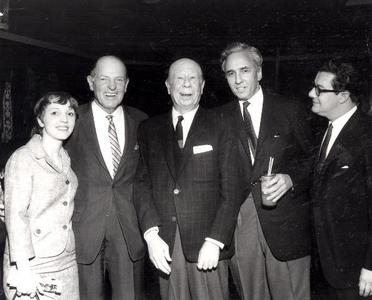
 Amanda S. Stevenson
Amanda S. Stevenson 
